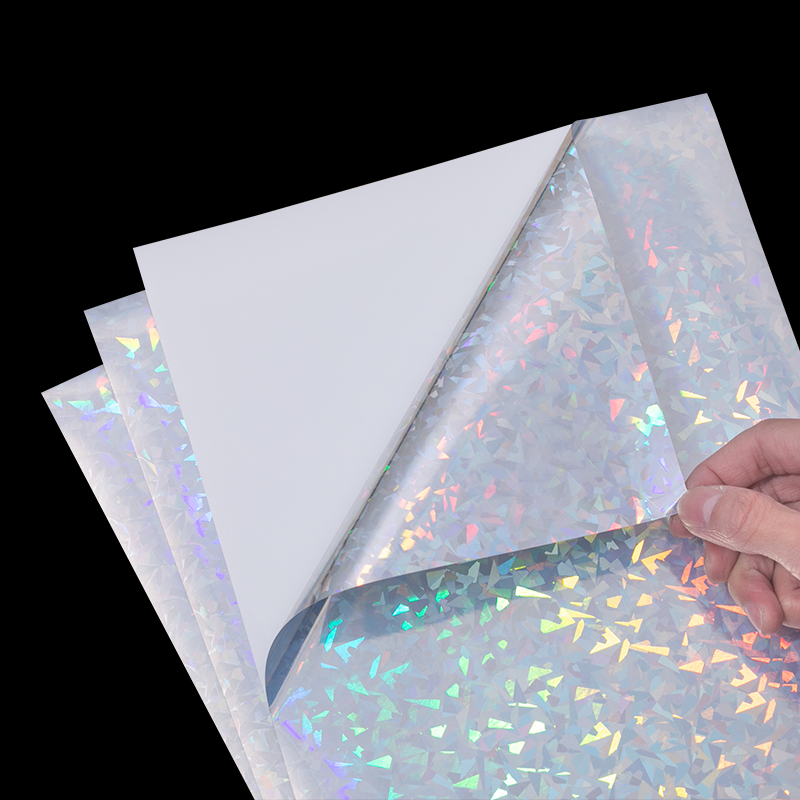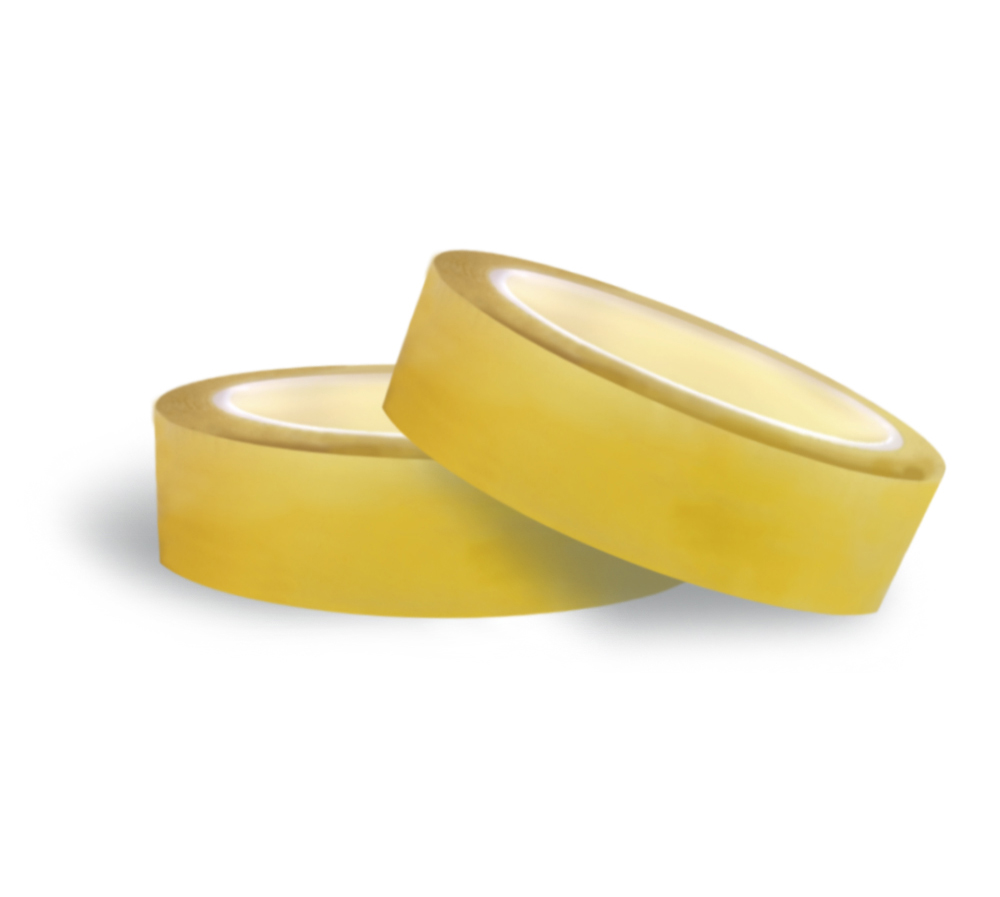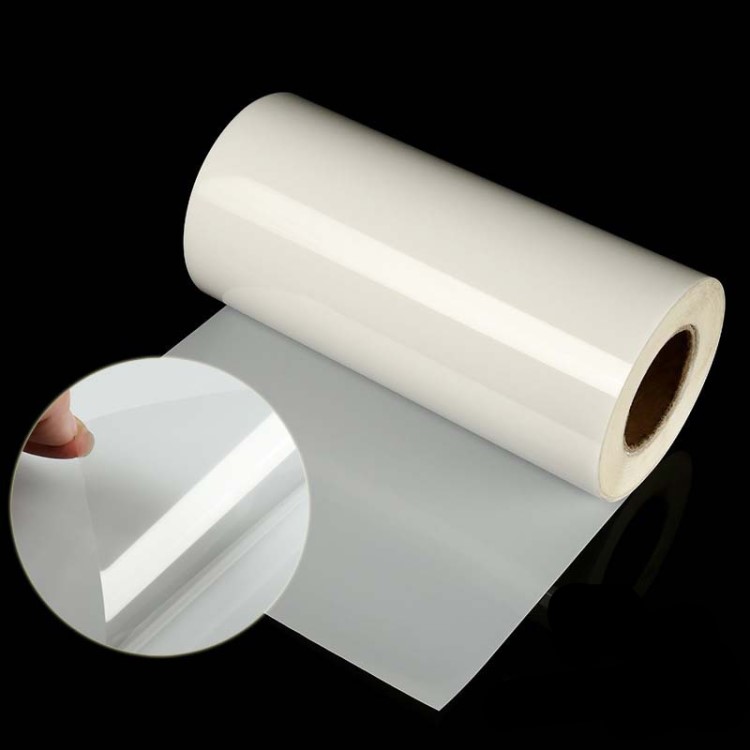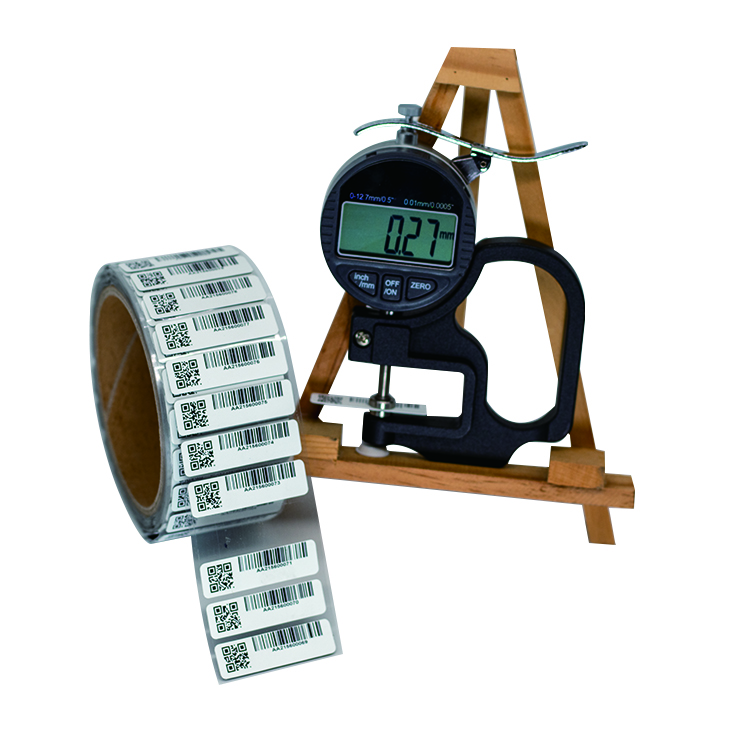Types of chemical synthetic film adhesive labels
1. PE (Polyethylene) Adhesive Label
The fabric comes in transparent, glossy milky white, and matte milky white
Product labels with important properties such as water resistance, oil resistance, and chemical resistance, used for information labeling of bathroom products, cosmetics, and other extruded packaging
2. PP (Polypropylene) Adhesive Label
The fabric comes in transparent, glossy milky white, and matte milky white
Product labels with important properties such as water resistance, oil resistance, and chemical resistance, used for bathroom products and cosmetics, and suitable for information labels printed by heat transfer printing
3. PET (polypropylene) adhesive label
The fabrics come in transparent, bright gold, bright silver, sub gold, sub silver, milky white, and matte milky white
Product labels with important properties such as water resistance, oil resistance, and chemical resistance are used for bathroom products, cosmetics, electrical appliances, and mechanical products, especially for information labels of high-tech resistant products
4. PVC Adhesive Label
The fabric comes in transparent, glossy milky white, and matte milky white
Product labels with important properties such as water resistance, oil resistance, and chemical resistance are used for bathroom products, cosmetics, and electrical products, especially for information labels of high-tech resistant products
5. PVC shrink film adhesive label
Suitable for battery trademark labels, mineral water, beverages, irregular bottles, etc. can all be used
6. Chemical Synthetic Paper
Product labels with important properties such as water resistance, oil resistance, and chemical resistance, used for information labeling of high-end products and environmentally friendly products
Adhesive label die-cutting overflow glue
Die cutting overflow refers to the overflow of adhesive at the edge of the label after processing through the label die cutting process. It is a common defect in adhesive products. Adhesive overflow can cause issues such as label appearance defects, printing contamination, and poor peeling. The problem of overflow glue in die-cutting can also be solved from the following aspects:
1. Performance analysis of label materials: Different types of materials have different adhesive types, adhesive processing properties, and other characteristics. Therefore, before production, you should consult with the material supplier about the relevant performance characteristics and choose the material that is suitable for your processing technology
2. Label processing and storage environment control: The temperature of the label processing and storage environment should be controlled within the range of 23+/-3 degrees Celsius, and the humidity should be controlled within the relative range of 55+/-5%. Excessive temperature and humidity will increase the fluidity of the adhesive. In actual production, we can clearly feel that during summer production, die cutting overflow is more common, while in winter it is rare, which is the same principle
3. Quality control of label die-cutting: Sharp cutting tools must be used to die cut the labels. Blunt edged blades will cause the adhesive on the labels to flip and squeeze, resulting in adhesive overflow at the edges of the labels during the die-cutting process. Excessive die-cutting pressure can also cause excessive compression of the label adhesive, while shallow die-cutting pressure may lead to wire drawing of the adhesive during the die-cutting process, resulting in adhesive overflow at the edge or surface of the label. Therefore, the choice of die-cutting knife is crucial
4. Label processing technology control: It is necessary to avoid sliding friction on the label during the label processing process. Components that have sliding friction with the label are prone to accumulating die-cutting adhesive, which can contaminate the edge of the label. This overflow phenomenon will show a clear pattern and directionality in the position of the label
5. Label rewinding tension control: Excessive rewinding tension can cause excessive compression of the label adhesive, and even cause the label to slip on the backing paper, resulting in label overflow. Non square shaped labels, due to the inconsistent axial tension of the rewinding, are prone to excessive local tension, resulting in local adhesive overflow of the label. Small square labels are also prone to label overflow due to their ability to withstand greater pressure under the same pressure
Adhesive label die-cutting bottom paper cutting through
On many manually labeled products, the phenomenon of cutting through the bottom paper by die-cutting is very common, mainly due to the limitations of the precision of the customer's die-cutting device and the requirement of no tension on the bottom paper by the labeling method;
If it is automatic labeling, cutting through the die-cutting base paper often leads to the end user encountering label base paper breakage during automatic labeling. Therefore, we should choose the roller cutting method with higher die-cutting accuracy.
Adhesive labels still play an important role in enterprise management and anti-counterfeiting measures against counterfeit goods
1. Improve production management efficiency: Through QR code adhesive labels, companies can quickly obtain relevant information about products, including production progress, inventory status, etc. This helps companies to better plan and manage production
2. Anti counterfeiting and anti smuggling: QR code adhesive labels can help consumers distinguish between genuine and fake products, preventing the circulation of counterfeit and inferior products. Consumers only need to scan the QR code to verify the authenticity of the product and ensure the purchase of genuine products
3. Improving the quality of after-sales service: QR code adhesive labels can be associated with after-sales service information, and consumers can scan the QR code to obtain after-sales service contact information, warranty period, and other information, improving the quality and efficiency of after-sales service
QR code adhesive labels, as an intelligent choice, meet the needs of product traceability and play an important role in enterprise management and anti-counterfeiting measures. By implementing product traceability, consumers can purchase products with greater peace of mind, and businesses can also improve their brand image and supply chain management level. The intelligent application of QR code adhesive labels provides more business opportunities and competitive advantages for enterprises, which is worth further exploration and application
We offer comprehensive technical support, including free professional labeling solutions, advice on label materials and adhesive selection, as well as online/offline assistance from professional software and hardware engineers. Service email: andy@ownlikes.cn. In pre-sales, we leverage our extensive experience in specialty labeling projects to provide clients with the most suitable hardware solutions. Additionally, all our label barcode printers and scanners come with a three-year free warranty, demonstrating our confidence in our products.






This site is protected by reCAPTCHA and the Google Privacy Policy and Terms of Service apply.